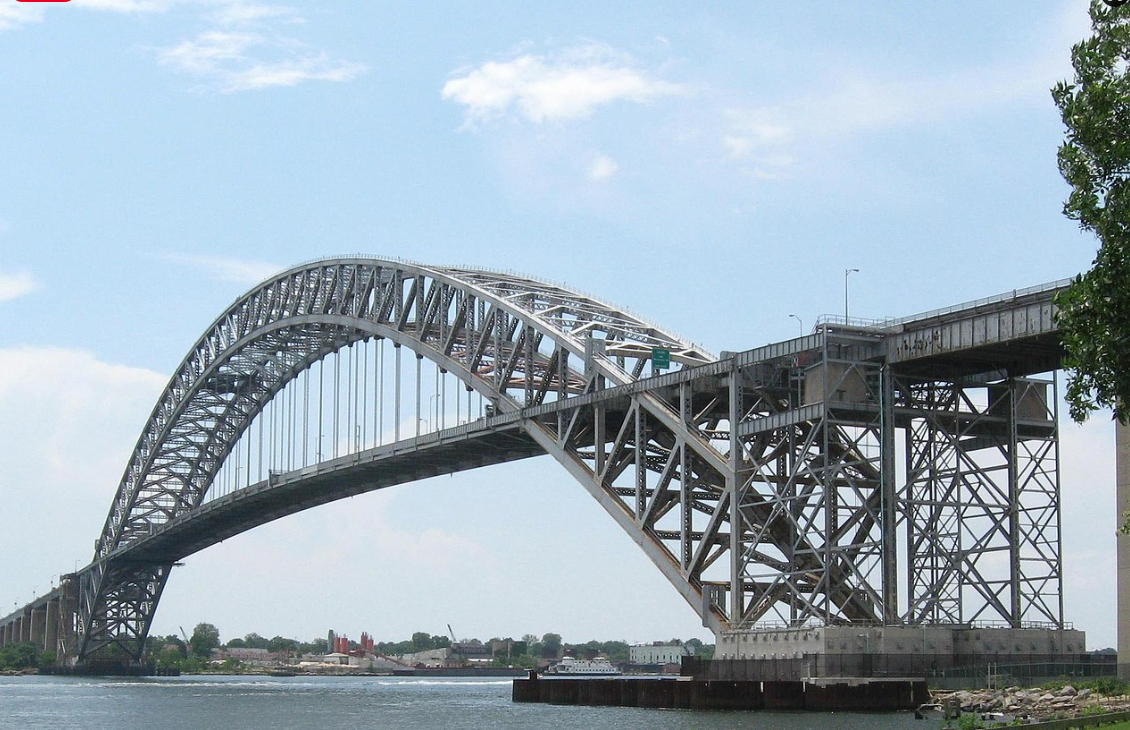The main purpose of any bridge is to reduce time and distance of journey between two places. There are many different types of bridges. Some bridges also became icon of the city. Like, the Golden Gate Bridge located in San Francisco is a marvelous engineering beauty.
Cable Stayed Bridges
These are the most aesthetic choice for long span bridges. Cable stayed bridges became popular in later half of the 20th Century.
Cable Stayed Bridges comprise one or more tower known as pylon with attached cables. Here cables are known as stays. With the configuration of cables, this type of bridges may be known as harp type bridge, semi harp type bridge or fan type bridge.
With advancements in orthotropic deck sections design, these bridges gain wide attention of structure designers. Though as number of cables increases in cable stayed bridge, the redundancy of the structure increases and it becomes difficult to analyze the bridge structure. CSi Bridge are Midas Civil are most popular software package for analyses and design of cable stayed bridges.
Suspension Bridges
They are most suited for long span. As name suggests, in suspension bridges the deck is supported on suspension cables. Suspension bridges were choice of structure designers in early 20th century.
They are very difficult to analyze and design. Suspension Bridges are suitable for long spans. At present suspension bridge construction become rare as the cost of erection has increased tremendously.

Arch Bridges
These are aesthetic in look. Arch is made from structural steel. To construct an arch bridge, strong abutments are necessity to support.
Notable Arch Bridges
- The Sydney Harbor Bridge (Australia) is the 9th longest arch bridge in Sydney, Australia. It is also known as signature of Sydney.
- Bayonne Bridge – This beautiful arch bridge connects Bayonne, New Jersey to New York.

Beam Bridges
These one are the simplest type of bridges used most commonly in congested cross roads of urban area.
Truss Bridges
The load bearing super structure of russ bridge is made up with truss and with steel as being most commonly used material. There are different types of trusses used like Baltimore truss, Allan truss, Bowstring truss, Pratt truss etc.
Read Also-
Impact Factors Applied to Bridge Loading
Parts Of Bridge Construction (ExplaiIned Detail)
Introduction to finite element method
Relevent Downloads
IRC:6-2017 [Loads and Load Combinations] PDF Download
IRC 112-2011 Code Of Practice For Concrete Rode Bridges [PDF Download]
IRC 5-2015 [PDF download]
External Resources For Bridge Engineers
Indian Institute Of Bridge Engineers
Bridge Engineers Association – America
FAQs
Russky Bridge located in Vladivostok, Russia is the longest Cable Stayed Bridge in the world having span of 1104 meters.
Akashi Kaikyo bridge in Japan is the world’s longest suspension bridge having span of 1991 meters.
New River Gorge bridge is the longest arch bridge in America having span of 518.2 meters span.
